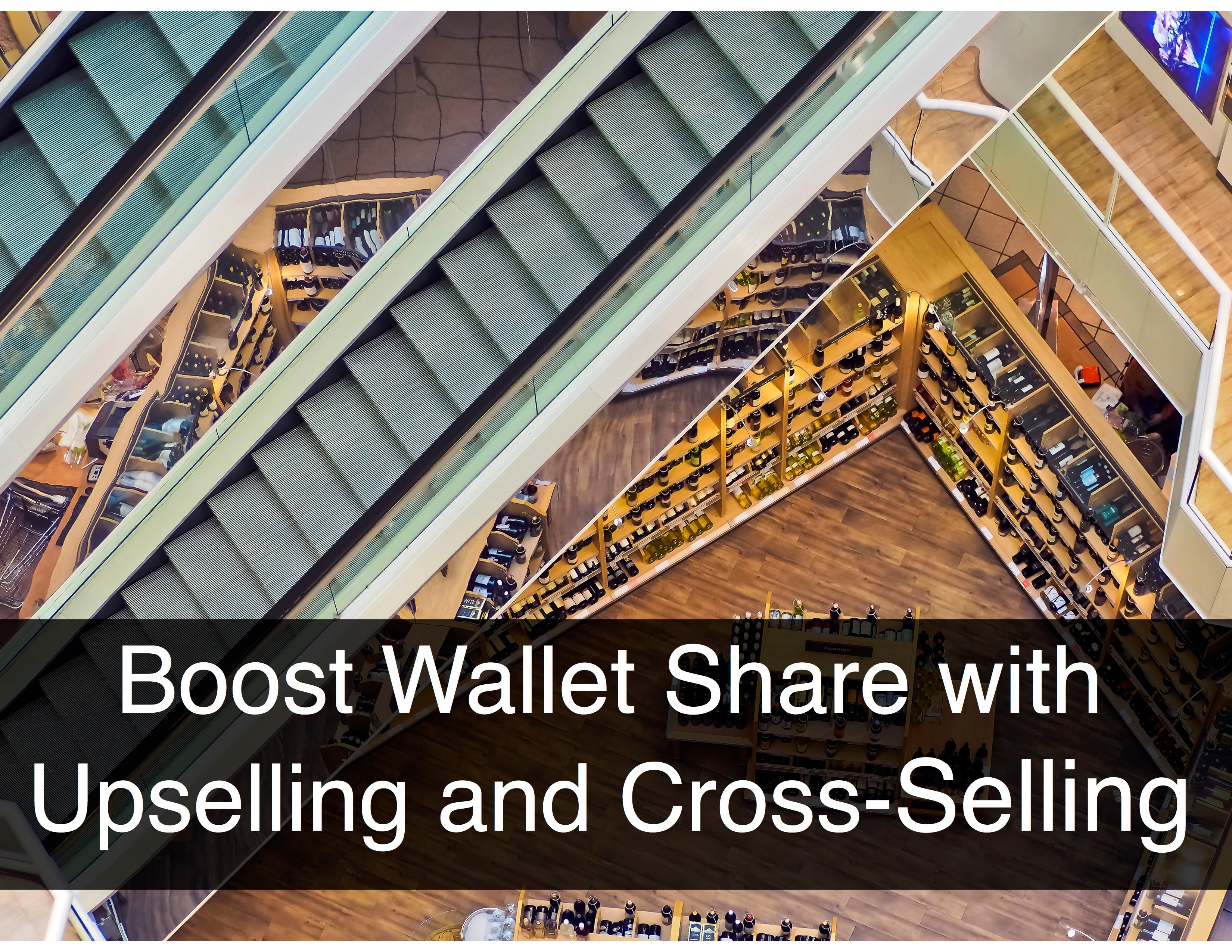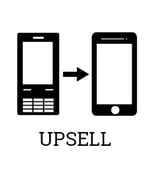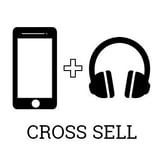 Upselling and cross-selling are strategic sales processes that can increase revenue and market penetration. Once a prospect or customer is “sold” on your product, you have a unique opportunity to provide additional value with enhanced and complementary products, if you fully understand your B2B customers’ needs. Building a solid business case for these opportunities is just as critical as it was for the initial sale.
Upselling and cross-selling are strategic sales processes that can increase revenue and market penetration. Once a prospect or customer is “sold” on your product, you have a unique opportunity to provide additional value with enhanced and complementary products, if you fully understand your B2B customers’ needs. Building a solid business case for these opportunities is just as critical as it was for the initial sale.
Although they are often perceived to be the same, upselling and cross-selling are different approaches that can be applied at different points in the value lifecycle.
Let’s take a look.
Adding Incremental Value with Upselling

Upselling is ideal for products and services that are packaged or available with different levels of functionality. A simple example of upselling would be moving a buyer from a basic cellphone to a full-featured smartphone with value-added features. It’s still a phone, but it has more value because its additional features satisfy the customer’s needs.
In a business environment, you can increase wallet share by upselling solutions whose capabilities are bundled into levels. A familiar example is Microsoft Office, which offers increasingly comprehensive features as you move from Personal, Student, and Home Office to Professional and Enterprise editions.
Support solutions are also candidates for upselling as they often have tiered pricing for different service levels. If rapid response time and a dedicated account manager are of paramount importance, customers will willingly choose higher level plans with specific services that provide value and meet their critical needs.
Upselling is especially successful during the initial sale. Once the customer has established an interest in your product and you understand the business issues to be solved, you can offer the most pertinent version of the product at a potentially higher price. An ROI tool is essential for building the business case for your proposed solution. By demonstrating the incremental value of the additional features, the ROI tool helps justify the investment and speeds decision making.
Similarly, an ROI tool turns simple contract renewals into an upsell opportunity to increase revenue and strengthen customer engagement. A level of trust has been established because customers have already experienced the value of your service. An ROI calculation based on their personal experience provides credible insights into how a new level of service can improve their performance. Budget approval is easier to obtain, with the added benefit of a deeper business relationship.
Adding Complementary Value with Cross-Selling

Cross-selling is a win-win approach that enhances the value of the core product by bundling it with a complementary product. After upselling a customer from a basic cell phone to a feature-rich smartphone, for example, you can cross-sell by offering a starter kit with protective case, extra charger, and headphones to enhance the safety and enjoyment of the smartphone.
Cross-selling is even simpler than that. Do you buy the individual burger, or do you spend a little more on the value meal that comes with fries and a beverage? Do you pay the best available rate for a hotel room, or do you pay a little more for a package that includes “free” golf or spa time and daily restaurant vouchers?
To successfully cross-sell in a business environment, you must fully understand the value of your core product, and know what ancillary offerings will deliver the most value to your customers. Companies developing a comprehensive value cross-selling strategy may benefit from this Harvard Business Review article, which offers five guidelines for raising the productivity of your efforts. Any existing customer using or purchasing one of your products is a candidate for cross-selling. Although cross-selling typically takes place after the initial sale, it can also be employed at point of sale to increase your average deal size. With a strong B2B value proposition and an ROI calculator, you can show the payback and cross-sell value of purchasing two or more complementary products in one deal.
Conclusion
Upselling and cross-selling are proven strategies for increasing revenue and deepening relationships with your clients. You can accelerate the sales process by incorporating clear value selling guidelines including when and how to integrate these strategies into your sale. And you can speed the budget approval and purchase decision by quantifying the value of your solutions with an ROI calculator and other value selling tools.









